Interview by Travis Starnes
John Gwynne, author of the fantasy novel Malice and it’s upcoming sequel Valor, was nice enough to connect with me and agree to my request for an interview about his book and the rich world he created for it.
 One thing that I found interesting was that while this is an old school fantasy novel it isn’t in the wizards and orc school of fantasy that we see so often. What was your inspiration for the style of this? Did you intend for it be unique from the standard style of fantasy or was that just a coincidence?
One thing that I found interesting was that while this is an old school fantasy novel it isn’t in the wizards and orc school of fantasy that we see so often. What was your inspiration for the style of this? Did you intend for it be unique from the standard style of fantasy or was that just a coincidence?
The short answer is that I tried to write something that I love, and I love reading fantasy and historical fiction, so I wanted Malice to reflect something of both those passions.
I didn’t have a game plan with Malice, it started as a hobby, evolving from very small beginnings. Initially I had no thoughts of being published. A little bit of background info might help here.
I started writing Malice back in 2001 – at the time I had recently finished a master’s degree and was teaching at Brighton University. Due to illness in the family – my daughter is profoundly disabled – I stepped out of teaching to help my wife in caring for her. In order to pay the bills we started a vintage furniture business, which we can mostly run from home. I’ve always told stories – to my kids and my wife, and they’ve always encouraged me to write some of them down. So I started to do that, a hobby that restored a bit of ‘me’ in the juggling act that is parenting of three boys, working and also caring for my daughter. It was also a place to indulge my passion for general all-round geekery. Malice and the Faithful and the Fallen just naturally evolved out of this. Somewhere along the way it grew into something more than just a hobby.
My inspirations were old school fantasy – I was writing for myself, my wife and my boys, so a pretty small audience. I wanted to try and write something that stirred up those great feelings of nostalgia that I have for my early fantasy reads – stuff like Tolkien (of course), Robert E. Howard and David Gemmell (whom I LOVE). On top of that, though, I love historical fiction – James Clavell’s Shogun was one of my first historical reads, and I love Conn Iggulden and Bernard Cornwell – Cornwell’s Arthur trilogy is one of my all-time favourite reads. So fantasy and history were my biggest inspiration. And also Milton’s Paradise Lost – that is largely responsible for the angels and demons in Malice.
 I really loved the world you created. There is constant reference to the “history” of the banished lands. How deep did you go in building your world. Is it just what we see and hear about or have you really fleshed out the back story?
I really loved the world you created. There is constant reference to the “history” of the banished lands. How deep did you go in building your world. Is it just what we see and hear about or have you really fleshed out the back story?
I went really deep! I am a hard core geek and love mythology, ancient history, and maps! One of the first stumbling blocks I hit when I started Malice was the realization that I had no clue as to how to write a book. The only way I knew how to write was the way I had learned at university. Read, read and then read some more. So I did – the stuff that I get passionate about – ancient history, especially the Romans and Celts, but also a truck load about the Greeks and the Steppe and the Middle-East and wolves and swords and…well, lots. Also world mythologies, again Celtic and Greco-Roman, also Norse, Slavic, Eastern. Then of course Beowulf, Milton’s Paradise Lost, some Blake, Dante, Machiavelli, its all gone into the pot. I think I probably researched more than I needed to (about two years!) partly because I felt inadequate actually writing the story. Once I began, though, with a bit of prodding from my kids, I found that I loved it. I can easily get lost in the world and scenes I’m working on. I have mountains of folders with my made-up history for the Banished Lands – maps, back stories, characters, people, places, creatures.
The main characters being kids is sometimes a chancy proposition as kids written by adults doesn’t always come off. You definitly pulled it off, so how did you go about writing for child characters, both getting their personalities right and the dialogue was well done?
I’m very pleased that you think the younger characters came out well. I didn’t really have a plan! As I was writing Malice for myself and my family I wanted the tale to be told from the perspective of characters that would interest and entertain my four readers! So I wanted a coming-of-age tale in there, for my boys. Whenever I write a character, I try and put their ‘head on,’ their personality traits, age, and then walk myself through the scene, always thinking ‘how would this person behave/react in these circumstances?’ Perhaps it’s my inner child coming out.
 The way evil subtle entwined itself on some of the characters is great. Your villain is, at least by the end, making fairly terrible decisions and yet you can’t hate him, or at least not completely, because from his point of view he is doing the right thing. What was your thought process behind this? Was this always the plan for that character, or did it evolve when you were writing it?
The way evil subtle entwined itself on some of the characters is great. Your villain is, at least by the end, making fairly terrible decisions and yet you can’t hate him, or at least not completely, because from his point of view he is doing the right thing. What was your thought process behind this? Was this always the plan for that character, or did it evolve when you were writing it?
I didn’t want to write cardboard villains. Or heroes, come to that. Malice is a bit of a throw back amongst contemporary fantasy in that there is a definite sense of good and evil, and that was deliberate, but I also wanted to write characters that felt real. I wanted that old-school epic-ness, but seen from the perspective of characters that felt real, that you could sympathize with. Epic and intimate was my mantra. So shades of grey rather than black and white. Deep down we are all the hero of our own tale. If you look at a lot of history’s villains they suffered from a large dose of self-delusion, and still managed to justify their decisions and actions as ‘right.’ That was really the perspective that I approached all of Malice’s characters.
It kills me that the book ended on a cliffhanger. I don’t like waiting for resolutions of cliffhangers from one episode of television to another, let alone waiting until the next book is published. While it was a really good cliffhanger, what made you decided to end the first book this way? And more importantly, when do you think we will be able to read the next book and find out what happened?
That kind of evolved. I know that cliffhangers have their love them and hate them camps. Me, I love cliffhangers – I love that sense of wanting more, of wanting to know. I planned the Faithful and the Fallen as just one long book, chopped into four pieces. Once I’d come up with my central story arc I started thinking about suitable points to end each part. The fall of Dun Carreg felt like a great point to end Malice because it was a moment where a lot of the characters came together for a brief time. After that they either move apart again or die! At least until the end of Valour – book 2.
And that brings us on to book 2 – Valor in the US, Valour in the UK. It is released in the UK by Tor on 27th March 2014, and by Orbit in the US on the 22nd July 2014. So, not too long to wait. I hope that you enjoy it.
I know I for one am looking forward to seeing this book.





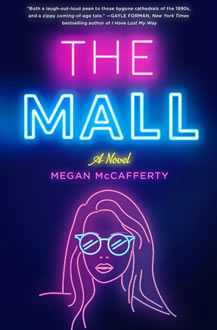
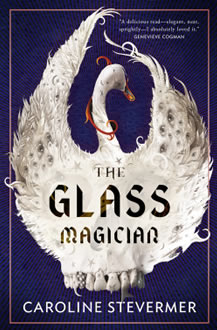
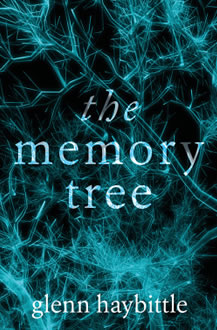

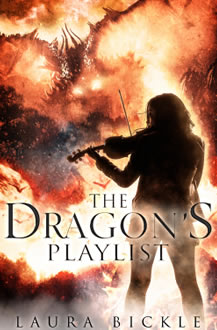
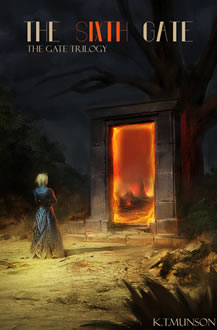

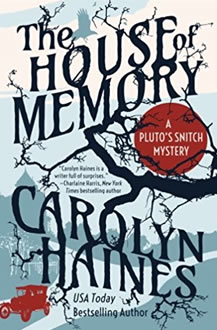
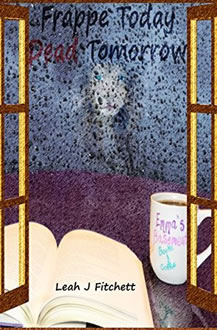
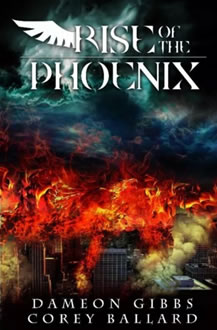
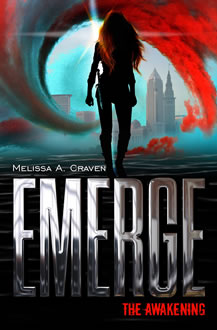
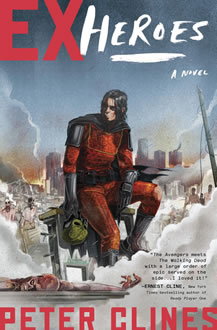
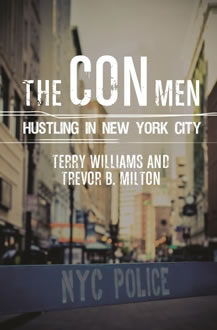
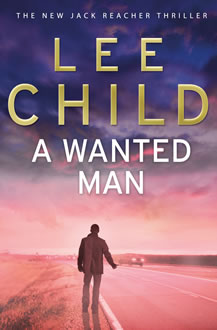
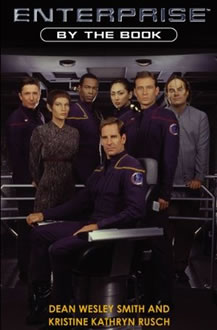
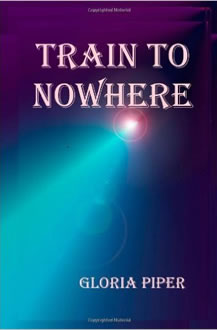




Leave a Reply